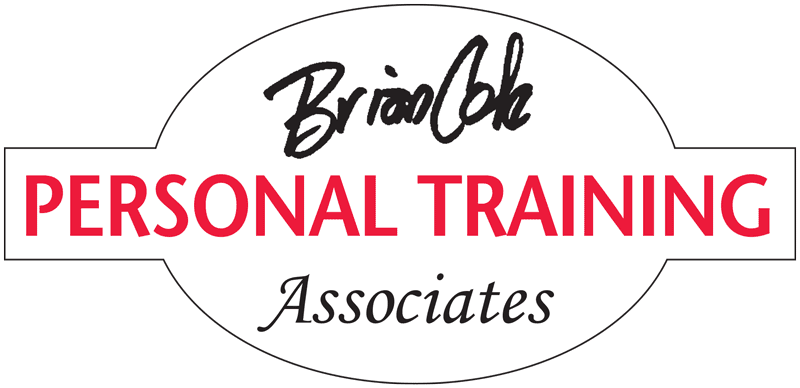When I started Personal Training Associates more than 20 years ago, my written intention statement was to first “Help as many people as I can live healthier, more fit lives.” And second, “Help as many people as I can to do this as a career.”
The first comes from growing up with a wonderful father who was a physical therapist. As soon as I had an opportunity to change careers, I gravitated toward his example.
From the start we’ve trained differently than the way others were focused in the early days of personal fitness training. We’ve always stressed biomechanically safe movement and attention to any limitations clients may present. We’ve never been about maximum weight lifting or preparing folks to pose on stage in Speedos or bikinis.
My initial action was to complete massage school because I knew that anatomy and physiology study would add a broader perspective. The knowledge I gained was far more than I anticipated, and though I’ve never practiced as a massage therapist, I’ve maintained my Virginia state certification for more than 20 years out of respect for all I learned.
The second part of my intention statement was fueled in part by the challenges I faced as a single parent. Single parents juggle the responsibilities of being there for their children and the requirements of work hours. This career seemed to me then, and still does, for those with an interest in health fields, as a way to make their own schedule and center it on parenting.
The action I took, armed with good intentions, was to open a private studio, set my hours and get started. My early clients (many of whom are still with me) will remember my daughter walking after school from St. Andrews to my studio in Hilton Village. My intentions, actions and outcomes for the first part have been realized.
But about that second part, here we are, more than 20 years later, with six trainers on staff and not one single parent. Some are married and supporting families but the outcome just wasn’t as I anticipated. That’s a business example, but this happens on personal levels, too. We have fairly good control of our intentions, we have some control of our actions, but, especially if other people are involved, we wade into dangerous depths of controlling behaviors when we think we have the power to shape outcomes.
What does this have to do with Personal Fitness Training? This: Many people take up an exercise/nutrition program with a primary goal of losing weight. There are reasons people have become overweight. And those reasons do not go away just because someone commits to a new fitness program.
There are 168 hours in a week. Most clients workout two or three times per week. That leaves 166 or 165 hours every week for the activities, habits and self disciplines to continue as they have for many years. Intentions, actions and outcomes don’t always line up. Frustrating but true. Frustrating for us as their trainer; even more frustrating for them. As I remind my trainers, we don’t control the outcomes of others.
The conclusion I’ve come to is: It is the responsibility of the trainer to bring the intentions, safe professional actions and therefore outcomes that improve the fitness of our clients.
It is the responsibility of the client, who we already know has the right intentions, to bring the actions (during those 165/166 hours every week) that will give them the weight loss outcome they’re seeking.
I’ll close with this fact: even if people don’t lose the weight they initially wanted to, they are stronger, they feel better, they move with less discomfort and they have more daily energy. Simply, they are far more fit!

